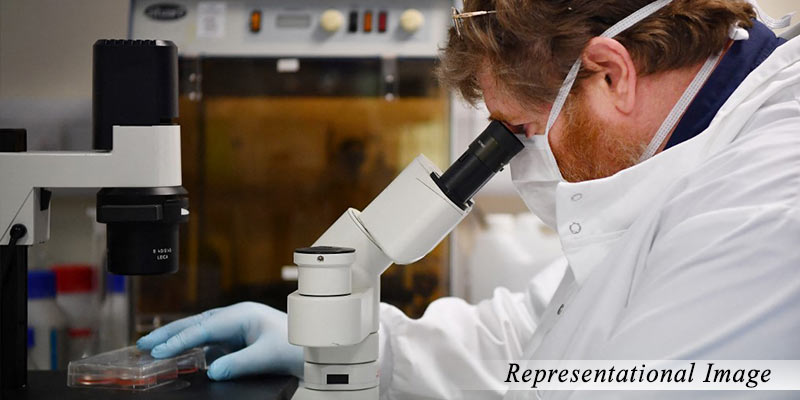- World
- May 12
Explainer / What is monkeypox?
• The UK health authorities have confirmed a case of monkeypox in a person with a recent travel history to Nigeria.
• The patient is being treated in a specialist isolation unit by expert clinical staff with strict infection prevention procedures.
• As a precautionary measure, the UK Health Security Agency (UKHSA) said they are working closely with England’s state-funded National Health Service (NHS) and will be contacting people who might have been in close contact with the individual to provide information and health advice.
• The first-ever recorded occurrence of the monkeypox virus in the UK was in 2018, and since then a handful of cases have been confirmed by health authorities.
Monkeypox
• Monkeypox is a rare disease that is caused by infection with monkeypox virus.
Monkeypox virus belongs to the Orthopoxvirus genus in the family Poxviridae. The Orthopoxvirus genus also includes variola virus (which causes smallpox), vaccinia virus (used in the smallpox vaccine), and cowpox virus.
• Monkeypox has symptoms similar, but less severe, to smallpox. While smallpox was eradicated in 1980, monkeypox continues to occur in countries of central and west Africa.
• Monkeypox is zoonosis: a disease that is transmitted from animals to humans.
• Monkeypox was first discovered in 1958 when outbreaks of a pox-like disease occurred in monkeys kept for research, hence the name ‘monkeypox’.
• The first human case was recorded in 1970 in the Democratic Republic of the Congo (then known as Zaire), and since then the infection has been reported in a number of central and western African countries. Most cases are reported from Congo and Nigeria.
• In 2003, monkeypox was recorded in the United States when an outbreak occurred following importation of rodents from Africa. Cases were reported in both humans and pet prairie dogs. All the human infections followed contact with an infected pet and all patients recovered.
Transmission
• Monkeypox does not spread easily between people.
• Spread of monkeypox may occur when a person comes into close contact with an animal (rodents are believed to be the primary animal reservoir for transmission to humans), human, or materials contaminated with the virus.
• The virus enters the body through broken skin (even if not visible), the respiratory tract, or the mucous membranes (eyes, nose, or mouth).
Person-to-person spread is very uncommon, but may occur through:
• Contact with clothing or linens (such as bedding or towels) used by an infected person.
• Direct contact with monkeypox skin lesions or scabs.
• Coughing or sneezing of an individual with a monkeypox rash.
Symptoms
Initial symptoms include fever, headache, muscle aches, backache, swollen lymph nodes, chills and exhaustion. A rash can develop, often beginning on the face, then spreading to other parts of the body. The rash changes and goes through different stages before finally forming a scab, which later falls off.
Treatment
• Detection of viral DNA by polymerase chain reaction (PCR) is the preferred laboratory test for monkeypox.
• Monkeypox, in most cases, is a mild condition which will resolve on its own and have no long-term effects on a person’s health. Most people recover within a few weeks. However, severe illness can occur in some individuals.
• Treatment of monkeypox patients is supportive dependent on the symptoms. Various compounds that may be effective against monkeypox virus infection are being developed and tested.
• Prevention and control of human monkeypox rely on raising awareness in communities and educating health workers to prevent infection and stop transmission.
Manorama Yearbook app is now available on Google Play Store and iOS App Store

